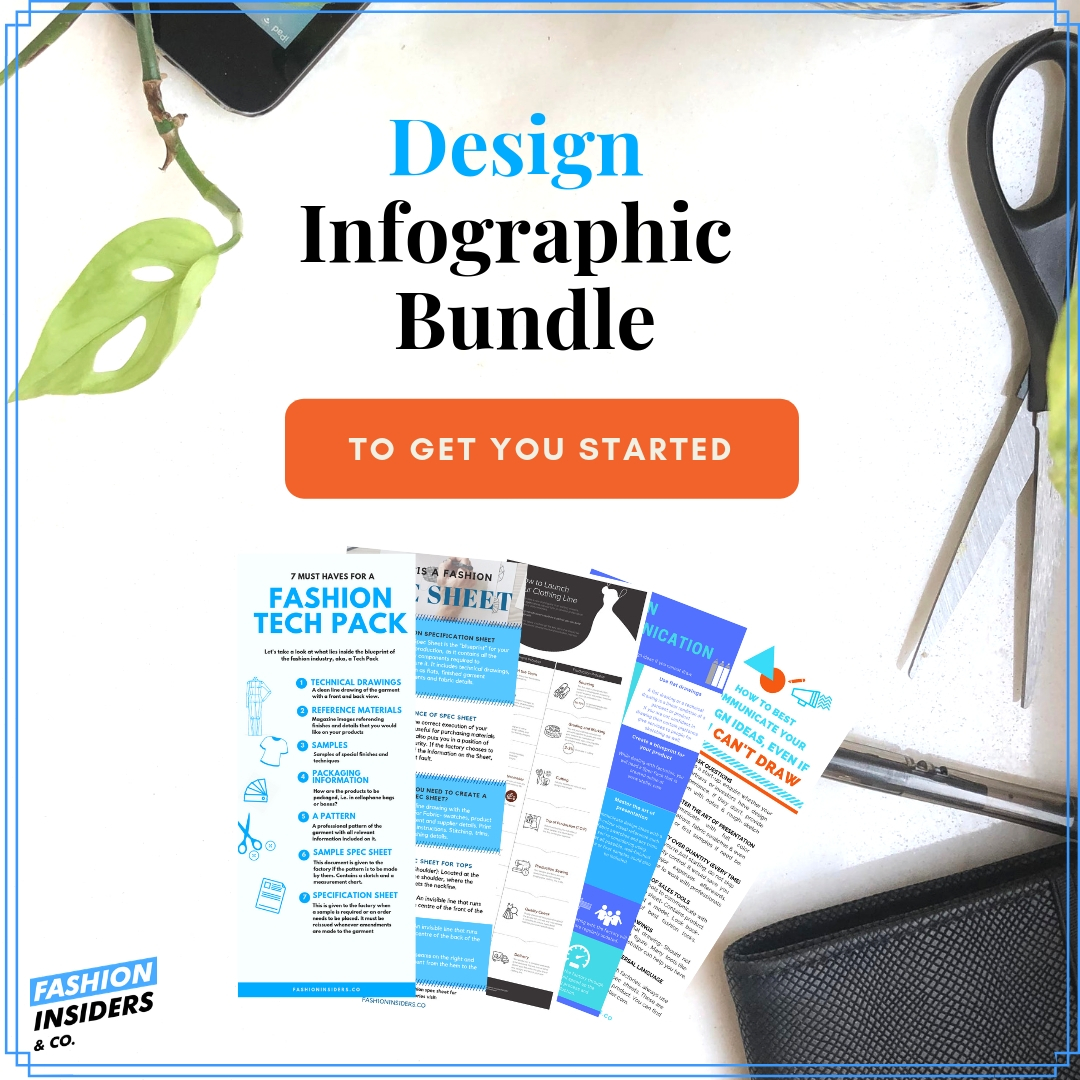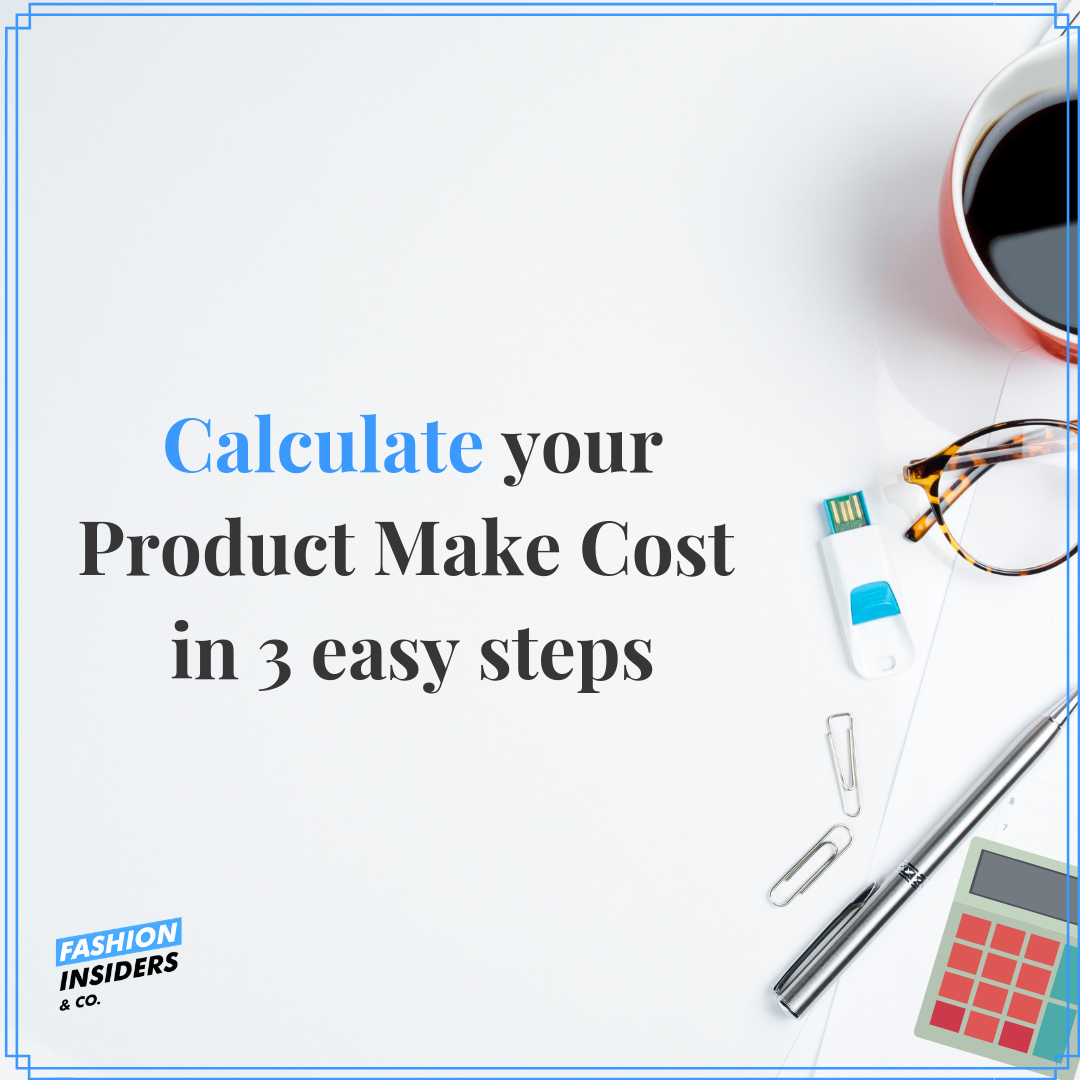Having an idea is easy, but to start a handbag line and make it happen is another thing altogether. Many brands start and die within months. Knowing what to pay attention to and what to avoid doing is what sets the winners from the losers.
To start a handbag line in such a competitive retail marketplace is a brave endeavour and definitely not for the faint-hearted. All aspects of its development need to work harmoniously in order to create a ‘perfect storm’. Let me guide you with my selection of fundamental Top Tips which combined with a unique product and hard work should set you on your way to realising your dream.
1. Unique Selling Point (USP)
The USP of your brand should be at the forefront of your mind when you start developing your plan. To give yourself a fighting chance you need to stand out from the crowd.
What is your USP?
It doesn’t necessarily have anything to do with the design of your product, although that could be what attracts your customer base to your items.
It could be your amazing ideas for customer service or even your reliability and convenience.
Have you discovered an incredible Eco material and hope to combine its use with a sustainable aesthetic? Or perhaps your bag brand solves a problem for the user.
Whatever direction you do go in, try not to offer too much as you will then be remembered for just blending into the already overcrowded market.
The best way to find perfect customers and create new ones is by identifying your Unique Selling Point and communicating this key benefit to them.
2. Market Placement
When you plan to start a handbag line, first and foremost in finding your place in the market is down to a number of things.
Does your concept have a place in the market?
If your answer is yes then that’s great but if it is similar to many other things out there how does it differentiate itself and appear unique?
It’s actually OK to be similar to something that already exists and is doing well, as that just proves its desirability.
However, to find customers and perhaps, persuade your competitors’ customers to buy your product, it needs to have the basic attributes as well as bells and whistles too. If your idea is brand new and unique, then how do you define your market position?
ASK DESSY| Youtube video with our Three Tips to Building a Successful Fashion Brand
3. Price Points
Is your product aimed at a consumer who appreciates fast fashion or the mid or luxury sectors?
How expensive or cheap will your item be?
This will be based on whether it’s a fast fashion item or more suited to the luxury sector, in which case price (within reason) is no object.
The ‘market analysis’ that you undertake when you start a handbag line will clearly define the competitive landscape and market that your products will be entering.
Therefore, it’s important not to under or overprice your goods.
Be aware, however, that your price range is a subjective analysis of the competitive landscape from your brand’s point of view.
A simple way to determine your prices is to add your total direct materials costs together with your total direct labour costs. Also, include your total manufacturing overhead costs that you incurred during the period to determine your total product costs.
Be aware that if you’re aiming to sell to outlets and to set up an e-commerce site, then your e-commerce price points must match the retail prices that the outlet has set.
4. Finance
There are many ways to raise finance when you decide to start a handbag line.
Perhaps your family and friends will be giving or lending you the money. You may even be considering a crowdfunding campaign which will raise funds by pre-selling your items.
Do you have some savings to use and hope to continue with your full or part-time job?
The entrepreneurial market is a real growth area and one that is gaining a foothold. For this reason, there are many funding opportunities available.
Watch our Youtube video on 5 Ways to Finance Your Fashion Startup Business
Other options for raising finances include grants and loans. Grants are available through your local business enterprise office, the Princes Trust in the UK (or similar organisations worldwide), your local council and even the banks are reasonable with their financial packages.
The aforementioned options are viable but you will need to have a business plan to present. Without a plan, it will be harder to raise finance and to be taken seriously. It doesn’t have to be too lengthy though but do ensure that it has enough information that casts a light on your startup capital requirements, a profit and loss account and a cash flow forecast.
Wherever the money is coming from having enough revenue in place prior to starting your brand is very important. Funds will be required for materials, pattern cutting, sampling, manufacturing, marketing and packaging, to name a few.
5. Materials (leather or other)
Selecting the right materials for your bags can turn something basic into something extraordinary.
When you start a handbag line, your material choice should reflect your price points and the intended use of your product. There is little point in choosing an eye watering expensive leather that will cost you £50 when you want to sell your bag for £80.
You would have many disgruntled customers if you were to use a cheap, thin nylon for a high-end shoulder bag. Do some materials research by attending trade fairs.
One particular show, Premiere Vision, held bi-yearly in Paris supplies leather and textiles and also doubles up as a trends lab. Premiere Vision Leather showcases suppliers of the best leathers with sustainable developments. The fabric offer is extensive and has over 700 exhibitors selling everything from canvas to bag linings.
6. Hardware (purchased or designed)
It’s possible to source amazing hardware from suppliers if you know where to look. The one outstanding trade fair for hardware is Lineapelle. It’s held in Milan and has a full selection of leather and hardware suppliers. A smaller version of the show is now held in London.
If you have the budget to go down the bespoke route then decide what items need to be made in the first instance. These could include d-rings, zip pullers, poppers and any unusual items such as strap holders that you’re unable to source on the market.
Bespoke hardware should be made after you have had your first mock-up made up with shop bought hardware in the correct size. This will allow you to decide that the functional aspects of the product are correct.
The bespoke hardware route is expensive as the minimums you need to order are relatively high. There are a couple of approaches to consider: go directly to a company that will design and manufacture your products. Or, source a designer, a 3D printing company so that you can test the items out before going into production.
7. Manufacture, pattern cutting and development
Designing your collection and progressing its development are important decisions that you will need to make.
Are you able to design or do you need help in turning that idea into something viable that a pattern cutter and machinist will understand?
Are you able to add the necessary details to your original ideas? This is a requirement if you want them developed into a pattern and then a sample. Find a pattern cutter who specialises in handbag development and use them to create your first prototype patterns and a toile/maquette in the material you want to use.
Once you’re happy with the finished products, source a factory to produce your first sample. They will be able to give you a fair production price, if they make your initial samples.
Related reading: How to Make a Handbag if Your Background isn’t in Fashion
8. Wear Testing
Wear testing your products before you start selling them (in any quantity) is imperative. As a small new brand overdelivering on quality is vital for your long terms success.
Wear testing doesn’t have to be hard though. Starting to use one of your early or later samples before you make your final sample will give you an indication as to how the materials and design are performing. If you are organised and have time, you may come to realise how you can improve your product or see the potential problems and have the chance to fix them before the product reaches your clients’ hands.
9. Aftercare service
Once you have sold items to your customers it’s even more important to offer them an aftercare service.
It’s an excellent way to relay your brand values especially if your products are handmade or use any special materials. Furthermore, you’ll build brand loyalty which will help ensure customers return to you and continue to buy your goods.
Include detailed care instructions at the point of sale. These should include the do’s and don’ts for cleaning your leather or fabric products. Other information that is worth including are instructions on the correct use of product and storage instructions.
One brand that offers an excellent aftercare service is Silent Goods. Their bags are handmade in London and constructed in a modular fashion that enables the panels to be unpicked and replaced should you damage or stain the bags. Their hardware also has tiny screws to enable the easy removal of straps should they need replacing.
Summary
The points above are the fundamentals you’ll need to consider before you start a handbag line but the most important one is your USP as this will be your guide to developing your product.
Knowing where you stand in the market will enable you to launch a social media campaign that targets your customers directly.
The area that you will spend most of your time in is the development and manufacture of your items so have some finances in place so that you can achieve this.
Getting all of these points right will ensure that you give yourself a head start in such a competitive arena.
Don’t forget that building something new takes time and a lot of hard work.
Try to let things evolve naturally and most importantly, enjoy the journey.
Maybe you’d like to read: Top Tips for Creating Your Own Eyewear Line
If you have any questions about this article or general feedback then please do not hesitate to let us know in the comments below.





